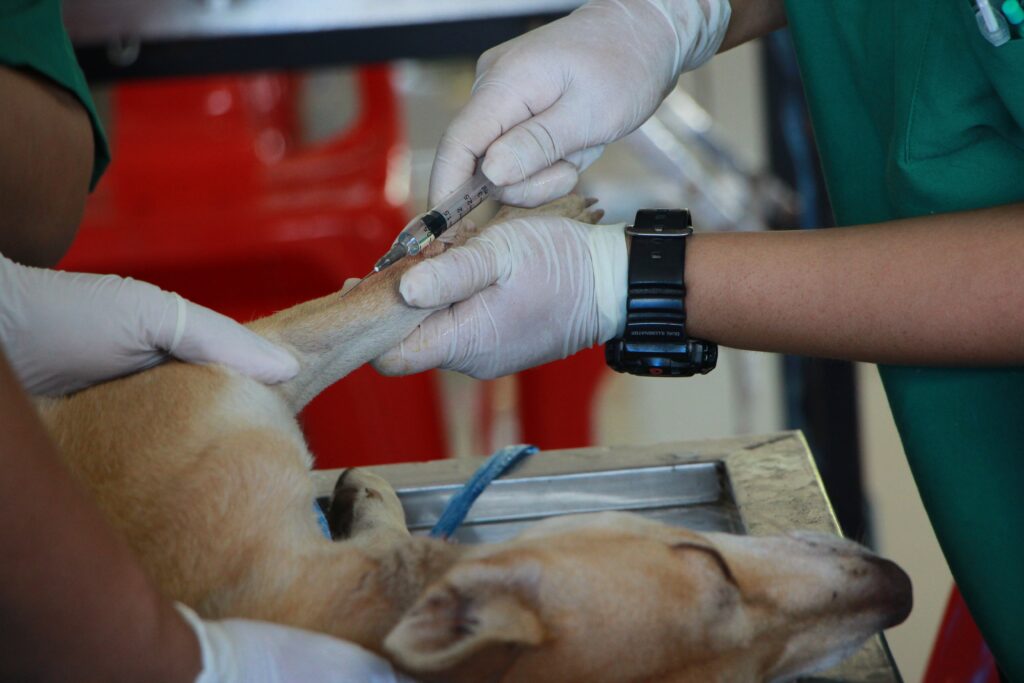Payout limits, deductibles, and reimbursement levels

Most pet insurance policies include payout limits, which are the maximum amounts that the insurer can payout. This could be per year, for the whole of the pet’s life, or per condition each year.
It’s also possible to have a combination of maximums. It’s critical to read the fine print of any pet policy carefully so you don’t end up with a hefty vet bill once the maximum payout limit has been reached.
There are also deductibles, which are the amounts you must pay toward treatment before the insurer would payout. This could be an annual sum or a per-incident fee, so knowing what percentage you’ll be forced to pay before they start is crucial. Finally, reimbursement levels refer to the percentage of treatment costs that insurance can cover, such as 90%, 80%, 70%, and so on.
If the reimbursement levels are lower, you’ll normally pay lesser premiums, but you’ll have to pay more for any care your pet requires.